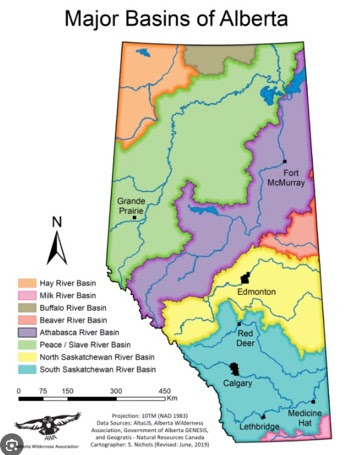
If you desire to use these flies on stillwater, I would suggest casting them near lillypads and weed beds close to shore where trout are known to cruise in early morning or evening. The trout would likely be proposing quietly on a calm surface leisurely sipping them in. If after a minute there is no response, a slight twitch might be tried.
On the other hand, using these flies on moving water is sometimes easier to get the trout’s attention as they have less time to make a decision, therefore, maybe more hookups. A good day on the stream for these flies would be either clouds and a bit of sun or a completely overcast, maybe even a drizzly kind of a day.
I would encourage that you to try this unique part of fly fishing. If you ever hook and land an extra large trout on a size 24 elk hair caddis, you will rarely go back to the larger flies.
LEADERS
10’ – 6X 12’ – 7X
BUTT: 48” OF .019 DIA. MONO BUTT: 54” OF .021 DIA. MONO
15” OF .015 24” OF .017
12” OF .013 12” OF .013
6” OF .011 10” OF .011
6” OF .009 8” OF .009
6” OF .007 6” OF .007
24” OF .005 6” OF .005
24” OF .003
A QUICK NOTE ABOUT FLY RODS: THE CHOICE IS AS VARIED AS THE FLIES. I TEND TO STICK WITH THE SHORTER RODS, 6’ TO 8’ MEDIUM ACTION, BUT ONE CAN USE MUCH LONGER. THE KEY IS THE SMALLER LINE. DON’T USE ANY LINE WEIGHT HEAVIER THAN 5. THE HEAVIER THE LINE THE MORE DIFFICULTY THERE WOULD BE IN ALLOWING THE SMALL FLY AND LEADER TO LAND AS DELICATELY AS POSSIBLE ON THE WATER. THE LEADERS WILL BE LONGER AND LINES LIGHTER, SO WINDY DAYS ARE THE MORE DIFFICULT ONES TO FISH WITH MIDGES.
TIGHT LINES!

















No comments:
Post a Comment